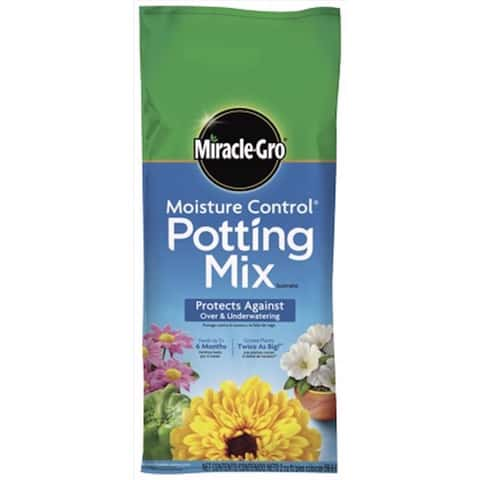Vape juice has emerged as a favored substitute for traditional smoking in recent years, providing a diverse selection of flavors and nicotine levels. Though its popularity is rising, several myths about vape juice still persist, usually causing misunderstanding and confusion. These myths could cause uninformed decisions on vaping or unjustified anxiety. Creating a more educated society surrounding the usage of vape products depends on addressing these myths. To really grasp the advantages and hazards connected with Vape Juice, one must distinguish fact from fantasy.
Myth 1: Vape Juice is Totally Safe
Among the most prevalent misconceptions regarding vape juice is that it is totally safe. Though not without danger, vaping might be less dangerous than smoking conventional cigarettes. Usually including in vape juice is nicotine, which can cause addiction. Inhaling any drug into the lungs might have negative effects; the long-term health impact of vaping is yet not completely known. Although some research indicates that vaping could be less risky than smoking, it does not imply that vape juice is safe.
Myth 2: Every Vape Juice Is Made Equal
Vape liquids differ from one another. Vape juice’s makeup and quality differ significantly across brands and products. Low-quality vape juice could include dangerous substances or use less expensive components that could cause bad tastes or perhaps health concerns. Though customers should read labels and conduct research before buying, premium vape juices are usually created with high-quality components and go rigorous testing. The whole experience is also influenced by the kind of nicotine, flavoring, and VG/PG ratio.
Myth 3: Teenagers Who Use Vape Juice Will Smoke
Many people think that vaping, especially vape juice, leads kids to smoke. Studies have revealed conflicting outcomes, and although some young people who vape could eventually smoke, many do not. Rather than a clear road to cigarette smoking, the motivations for vaping among teenagers can range from peer pressure to curiosity about tastes. Still, rules and age limits are very necessary to guarantee that vape juice is not readily available to underage users.
Though vape juice is still a well-liked substitute for conventional smoking, it is crucial to know the reality underlying the fallacies. Although vaping might provide less hazards than smoking cigarettes, it still has some health effects and should be used carefully. Knowing the truth behind prevalent myths will enable people to choose wisely about their health and safety when deciding to use Vape Juice.







